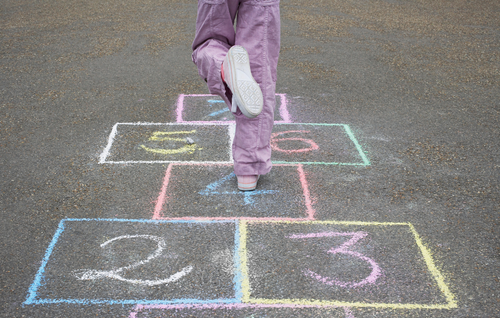Why Sensory Breaks Should Be on Every School Timetable
As a mum of three neurodivergent boys, I’ve seen what a huge difference the right support can make in a school setting. One of the simplest and most powerful strategies I’ve seen work again and again? Sensory breaks.
These small, structured moments during the school day allow kids, especially those with sensory processing differences and ADHD, to reset, regulate, and return to learning with a clearer head and calmer body.
I’ve Seen It With My Own Kids
Some of the best teachers my boys ever had were the ones who got it. They didn’t wait for a meltdown or a shutdown, they pre-empted it. They built sensory breaks into the school day, whether it was a quick stretch, a movement circuit, or just quiet time with a fidget.
And the difference? Massive.
My boys were calmer, more focused, and more able to engage with their learning. They felt seen, supported, and safe.
When those breaks weren’t there, or when they were treated like rewards or “special treatment”, things went downhill fast. Overwhelm built, behaviour escalated, learning suffered, and confidence took a huge hit.
The Research Backs It Up
The good news is, it’s not just anecdotal. Research consistently shows that sensory and movement breaks improve attention, emotional regulation, and classroom behaviour, and not just for neurodivergent kids, but for everyone.
Studies have shown that short, structured activity breaks during the day can:
- Improve focus and on-task behaviour
- Support emotional self-regulation
- Reduce disruptive behaviour
- Boost working memory and executive functioning
Sensory breaks don’t just manage challenges - they help prevent them. They give kids the tools to regulate themselves before things spiral.
What Could This Look Like in Practice?
We’re not talking about long, complicated programs or turning classrooms into therapy gyms (although that would be amazing!). Sensory breaks can be simple, short, and tailored to each classroom. For example:
- Morning movement or "sensory circuits" before the day begins
- Five-minute stretch-and-breathe breaks between lessons
- Quiet corners or sensory tools available when kids need a break
- Movement passes for a short walk, trampoline, or wall push-ups
- Visual schedules that include sensory time as a non-negotiable part of the day
My favourite sensory break for my extra energetic middle son was the teacher giving him a note (which was really just a folded blank piece of paper) to rush to the office. He felt important, and the quick dash to the office gave him the regulation needed when he was getting restless in class.
These tiny changes can have huge impacts.
Let’s Stop Treating Regulation Like a Luxury
Sensory breaks shouldn’t be reserved for when things fall apart. They should be as normal and expected as lunch breaks and maths lessons.
They’re not just “nice extras” - they’re essential for many kids to learn, cope, and feel okay in school.
And if we know better, we can do better.
Final Thought
My boys, and so many others, have thrived in classrooms where teachers got the importance of sensory regulation. When their needs were met proactively, they could shine.
Let’s build schools where sensory breaks are not a privilege or a punishment, but just part of how we support every student to succeed.
Because every child deserves to feel regulated, respected, and ready to learn.
Recent Posts
-
Why Boredom Can Be Good For Kids
“I’m Bored!” - Why That’s Not a Bad Thing (Even on School Holidays) School holidays are meant to be …Jan 05, 2026 -
How to Talk to Kids After Tragic Events - Gently Navigating Fear and Safety
As parents, our deepest instinct is to protect our children - their safety, their sense of calm, the …Dec 16, 2025 -
Navigating Christmas Food Anxiety Like a Pro
Christmas is supposed to be joyful, right? But if your child has ARFID, sensory sensitivities, or fo …Dec 11, 2025




